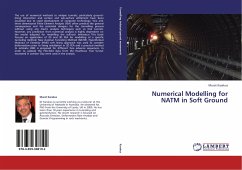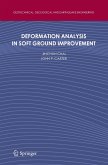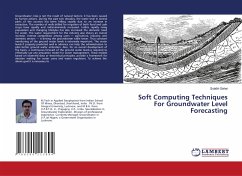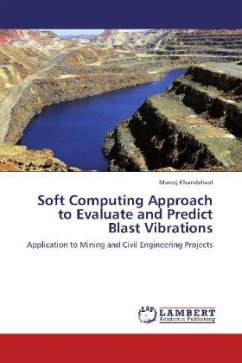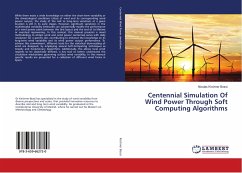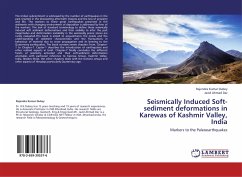The use of numerical methods to analyse tunnels; particularly ground lining interaction and surface and sub-surface settlement have been escalated due to rapid development of computer technology. Two and three dimensional Finite Element Analysis (FEA) often predicts the general consequences and the potential dangers for the tunnelling process without using any macro analysis techniques such as trial tunnels. However, any prediction from numerical analysis is highly dependent on the model adopted for modelling the soil/rock behaviour. This book focuses on application of 2D and 3D FEA for modelling of a specific tunneling method; New Austrian Tunneling Method (NATM). Hypothetical Modulus of Elasticity (HME) soft lining approach was used to consider deformations prior to lining installation in 2D FEA and a practical method to estimate HME is proposed for different face advance sequences. In order to validate the FEA,field data from the Heathrow Trial Tunnel excavated in London Clay were used in the analysis.
Bitte wählen Sie Ihr Anliegen aus.
Rechnungen
Retourenschein anfordern
Bestellstatus
Storno

